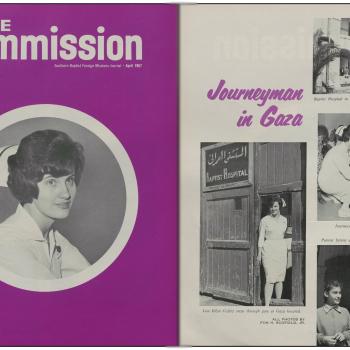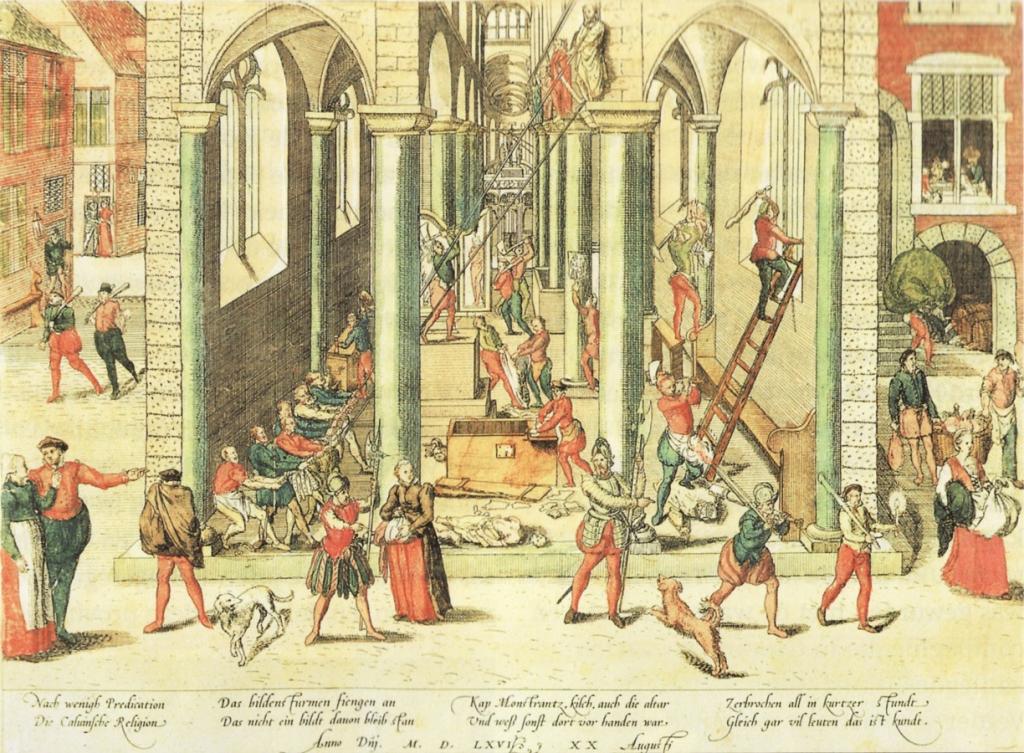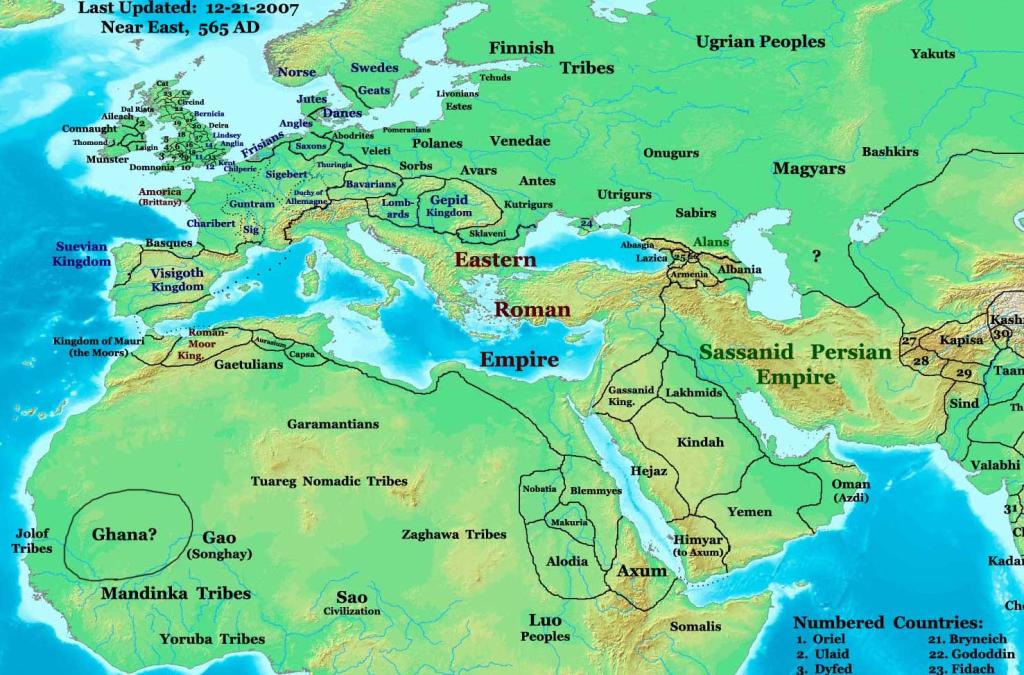Readers of the New York Times were greeted yesterday with a full-page paid advertisement, notifying its readers of the 100th anniversary of the Ahmadiyya or Ahmadi Muslims’ presence in the United States: on 21 February 1921 their first missionary arrived in Philadelphia.
The Ahmadi community—possibly as high as 20 million strong worldwide today, existing in 210 countries—traces its roots to the Punjab region of northern India and Pakistan in the late nineteenth century, then under the British Raj. It was founded by Mirza Ghulam Ahmad (1835-1908)—whose picture appears in the Times; he claimed to be the divinely appointed Mahdi (Guided one or Messiah), who accordingly to Islamic eschatology appears toward the end of time to bring about a reign of peace and the final triumph of Islam. The Times’ notification included several bits of his core teaching, such as: “Believe in God as One without associate and have sympathy with God’s creatures and be of good conduct and think no ill. Be such that no disorderliness or mischief should approach your heart. Utter no falsehood, invent no lies, and cause no hurt to anyone, whether by tongue or your hands. Avoid all manner of sin and restrain your passions. Try to become pure-hearted, without vice. It should be your principle to have sympathy for all human beings.”
Additionally, we learn that “you should know your Creator when you love his creation. If everyone remembers and practices [this teaching], there will not be any enmity in anyone’s heart. Their heart will be clear of vindictiveness. That is how you create peace in the world.”
Much of this could pass muster with Islamic ethics and belief more generally. The trouble is, however, that most other Muslims, Sunni and Shia, do not regard the Ahmadiyya as co-religionists, but as an errant sect; this in turn has led to a long history of animosity, ostracism, and persecution—not least in modern Pakistan. A clause in Pakistan’s constitution in fact pointedly declares them to be non-Muslims.
Why should Americans care about this religious minority that had the chutzpah to remind us of their existence in one of the nation’s newspapers of record? Three reasons come to mind. First, anyone who cares about religious freedom and the rights of religious minorities should know the Ahmadi story; in many respects their historical trajectory parallels that of Anabaptist communities in Europe, the persecution of which led them to become strong advocates of religious freedom and tolerance. Second, Ahmadi Muslims often face discrimination from multiple directions; many Westerners lump them in with other Muslims and look askance at them on this basis, but, as mentioned, many Muslims regard them as a false religion. Finally, Ahmadi Muslims (in my experience) are extraordinarily nice human beings, always willing to engage others peaceably, reminding us of the complexity and precarity of religious identity in our pluralistic modern world. They would have you become an Ahmadi Muslim, you should know, as I suppose befits a missionary faith.
I have not visited an Ahamdi mosque in the United States, but I have visited one in London; it is in fact the city’s oldest mosque. There I was given tea, some of their promotional literature, as well as many cordialities and stories about their history. To learn more about this fascinating history, let me recommend Ron Geaves, Islam and Britain: Muslim Mission in an Age of Empire (Oxford University Press, 2018) and A. R. H. Copley, Gurus and their Followers: New Religious Movements in Colonial India (Oxford University Press, 2000).













